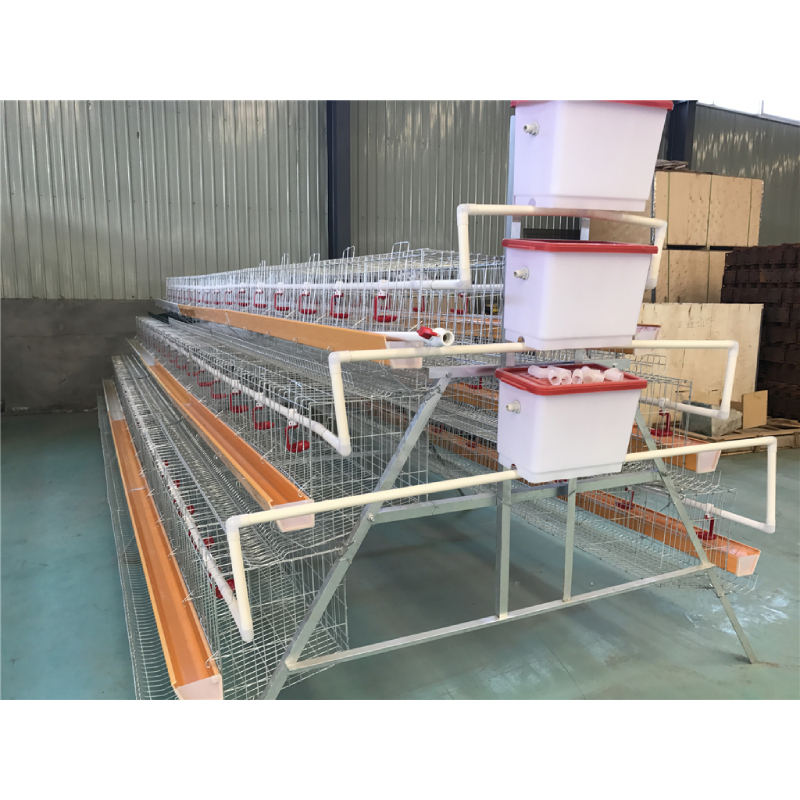gestation pen
Dec . 03, 2024 12:56 Back to list
gestation pen
Understanding Gestation Pens Importance and Design for Animal Welfare
Gestation pens are critical components in the management of pregnant sows within the swine industry. These enclosures are designed to provide an environment that meets the physical and behavioral needs of the animals during one of the most sensitive periods of their lives—gestation. The design, management, and impact of gestation pens have become topics of significant discussion, especially in the context of animal welfare.
Defining Gestation Pens
Gestation pens are specialized housing solutions used to accommodate pregnant sows during their gestation period, which typically lasts around 114 days. These pens are individually designed to allow enough space for the sow to lie down, stand up, turn around, and engage in natural behaviors. The most common designs include both individual stalls and group housing systems.
Historically, individual stalls were favored for their ease of management and control over feeding and health monitoring. However, growing concerns regarding animal welfare have led to increased scrutiny of this practice. Consequently, many producers are now shifting toward group housing systems, which allow sows to socialize and exhibit more natural behaviors, addressing some of the welfare concerns associated with individual stalls.
Animal Welfare Considerations
The welfare of pigs in gestation pens is a multifaceted issue. Stressors such as confinement size, social dynamics, and environmental conditions can significantly impact the physical and mental well-being of pregnant sows. Research indicates that sows in group housing may display better behavioral outcomes, as these systems can allow for social interaction, which is essential for the psychological health of the animals.
However, it is crucial that group systems are designed to minimize aggression and stress. Implementing proper management strategies, such as careful group composition based on size and temperament, can help reduce conflict among sows. Additionally, ensuring that each sow has adequate space, access to food, and a clean environment is vital in promoting their welfare.
Design Elements of Gestation Pens
gestation pen

When designing gestation pens, several key factors should be taken into consideration. First and foremost is the space allowance; regulations often suggest a minimum area per sow, but optimal designs allow for more to accommodate natural movements. Sows should have enough room to perform essential activities without feeling overcrowded, which can lead to stress and competitive behaviors.
Another important consideration is the flooring of the pens. Solid, non-slip surfaces are preferred, as they provide comfort and stability for the animals. Proper drainage is also crucial to maintain hygiene and minimize disease risks. Furthermore, including enrichment tools like straw bales, rubber mats, or toys can significantly enhance the environment, allowing sows to engage in nesting behaviors and reduce stress.
Additionally, the pen's layout should facilitate efficient management practices. This includes the ease of access for feeding, health monitoring, and cleaning. An efficient design can significantly reduce the overall labor required while ensuring the animals' welfare is prioritized.
Future Trends in Gestation Housing
As consumer demands for ethical animal husbandry practices continue to grow, the swine industry must adapt to these changes. Many producers are now transitioning away from traditional housing systems toward more welfare-friendly solutions, often driven by welfare regulations and consumer expectations.
Innovative designs, such as dynamic group housing systems that allow for flexibility in space arrangements and social groupings, are emerging. These systems aim to combine the benefits of individual and group housing, addressing the welfare concerns associated with both approaches.
Furthermore, ongoing research into the psychological and physical needs of sows will continue to inform best practices in the design and management of gestation pens. The objective is to strike a balance between operational efficiency and the welfare of the animals.
Conclusion
In conclusion, gestation pens play a crucial role in the care and management of pregnant sows. With increasing scrutiny on animal welfare, the design and management of these pens must evolve to ensure that the needs of the animals are met. By prioritizing well-designed gestation housing that considers both the physical and social needs of sows, the swine industry can contribute to better welfare outcomes, meet consumer demands, and ultimately foster a more sustainable future for animal agriculture.
-
Automatic Feeding Line System-Pan Feeder Nipple Drinker|Anping County Yize Metal Products Co., Ltd.
NewsJul.29,2025
-
Hot Sale 24 & 18 Door Rabbit Cages - Premium Breeding Solutions
NewsJul.25,2025
-
Automatic Feeding Line System Pan Feeder Nipple Drinker - Anping County Yize Metal Products Co., Ltd.
NewsJul.21,2025
-
Automatic Feeding Line System Pan Feeder Nipple Drinker - Anping County Yize Metal Products Co., Ltd.
NewsJul.21,2025
-
Automatic Feeding Line System - Anping Yize | Precision & Nipple
NewsJul.21,2025
-
Automatic Feeding Line System - Anping Yize | Precision & Nipple
NewsJul.21,2025






